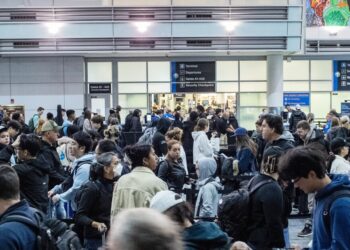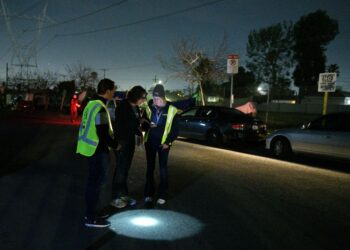Nearly all of the 189 bills vetoed by Gov. Gavin Newsom this year passed the Legislature with support from more than two-thirds of lawmakers — meaning the same votes from those legislators would be enough to override the governor’s veto.
But that almost never happens. In fact, the last time the Legislature overrode a governor’s veto was 1979.
So why don’t legislators fight for the bills that have such broad support?
Party loyalty, and self-protection, says Dan Schnur, politics professor at the University of California, Berkeley, USC and Pepperdine University.
“A governor who’s been overridden is generally not a happy governor — and unhappy governors tend to issue more vetoes, especially against the members who voted to override,” he said.
The current Democratic supermajority — 93 of 120 seats — also means that a legislator who goes against the governor can be easily replaced among the politically favored.
In other words, Schnur said, it’s the modern-day version of, “if you come for the king, you’d best not miss.”
Monday was the deadline for the governor to act on the 1,206 bills the Legislature sent to his desk of the 2,159 introduced during the regular session this year. Newsom vetoed about 15.7% of the total bills passed — slightly higher than the state’s 15% average in recent years.
Of the 189 vetoes, 170 of the bills — about 90% — passed by more than a two-thirds majority in both the Assembly and Senate, according to a Digital Democracy analysis. About 96% of the vetoed bills passed with a two-thirds majority in at least one chamber.
A veto override requires a two-thirds vote in each chamber: which would mean at least 54 members in the Assembly and 27 in the Senate. (Democrats currently make up 62 of 79 Assemblymembers,…
Read the full article here







